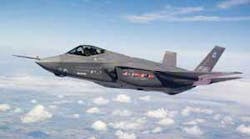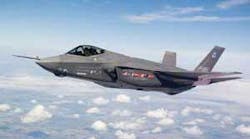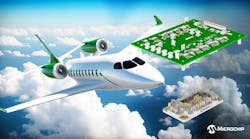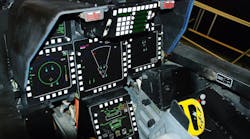By John McHale
MOUNTAIN VIEW, Calif. –Engineers at the NASA Ames Research Center in Mountain View, Calif., are creating scientific methods for evaluating fighter pilot performance through flight simulation.
The U.S. Air Force Office of the Surgeon General asked NASA two years ago to do a feasibility study –the Operational Based Vision Assessment (OBVA) program –to see if it was possible with current technology to create a flight simulator with an eye-limiting resolution out-the-window (OTW) visual system –or one that could replicate what a pilot would see when flying such that his operational vision could be evaluated –says Barbara Sweet, aerospace engineer for the Human Systems Integration division at NASA Ames.
null
Her team used a Sony SRX projection system with an Independence 4000 image generator from Quantum3D in San Jose, Calif. NASA also worked with the U.S. Air Force School of Aerospace Medicine 7th Air Force on this program.
“The average vision of a fighter pilot is 20/13, and we wanted to create a system with visual detail” at the 20/15 or 20/10 level, but found it would take about 80 projectors that offer 1600-by-1200 pixels. This would be too expensive to maintain let alone operate, Sweet says.
NASA Ames recommends a system that has the ability to sustain a constant, high update rate (60 Hz or greater) without missing refresh cycles or producing objectionable artifacts, Quantum3D officials say.
Sweet and her team looked at ways to collect find, fix, target, track, and engage (F2T2E) data in simulation environments and how that can be used to create standards for operational vision evaluation. The goal is to create a system “good enough to show the relationship between pilot vision and operational performance,” Sweet says. To accomplish that, the system needed to overcome the hurdle of preventing motion-induced blur in the projection systems, she continues.





